The Asteroid Menace: Assessing Earth's Cosmic Risk
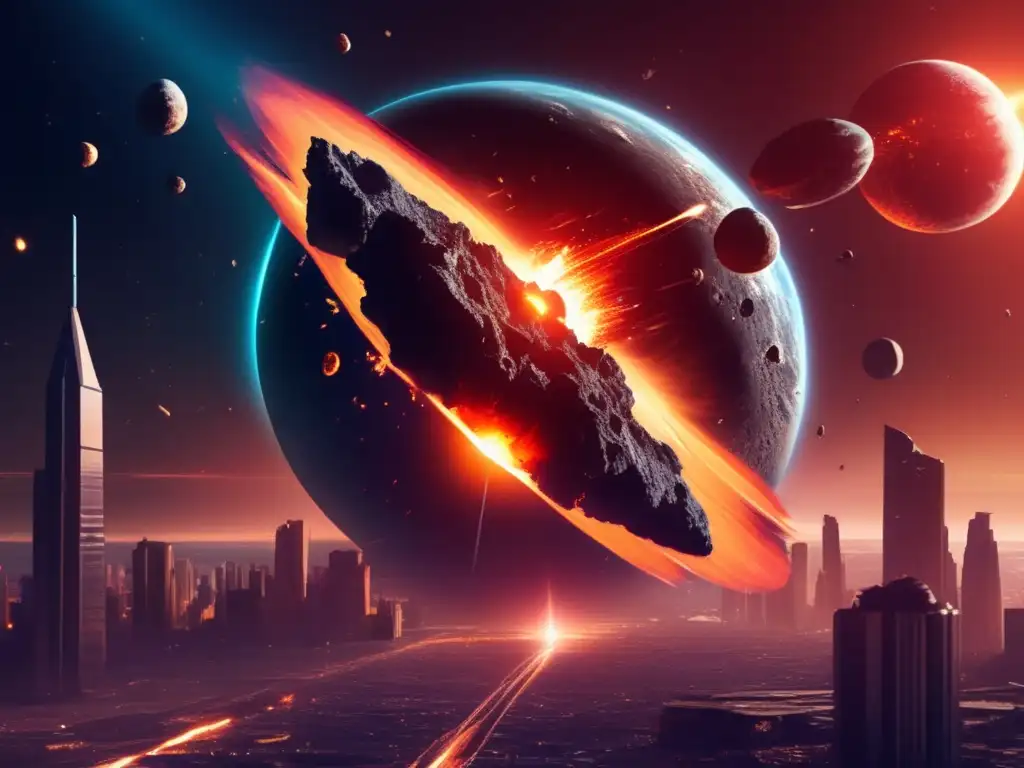
Introduction
Asteroids have been a source of fascination and intrigue since the dawn of time. From their role in shaping our solar system to the potential threat they pose to our own planet, asteroids continue to captivate our imaginations. In recent years, the risk of an asteroid impact on Earth has become a topic of growing concern. This article aims to assess the cosmic risk posed by asteroids and explore the measures being taken to mitigate this risk.
The History of Asteroid Impacts
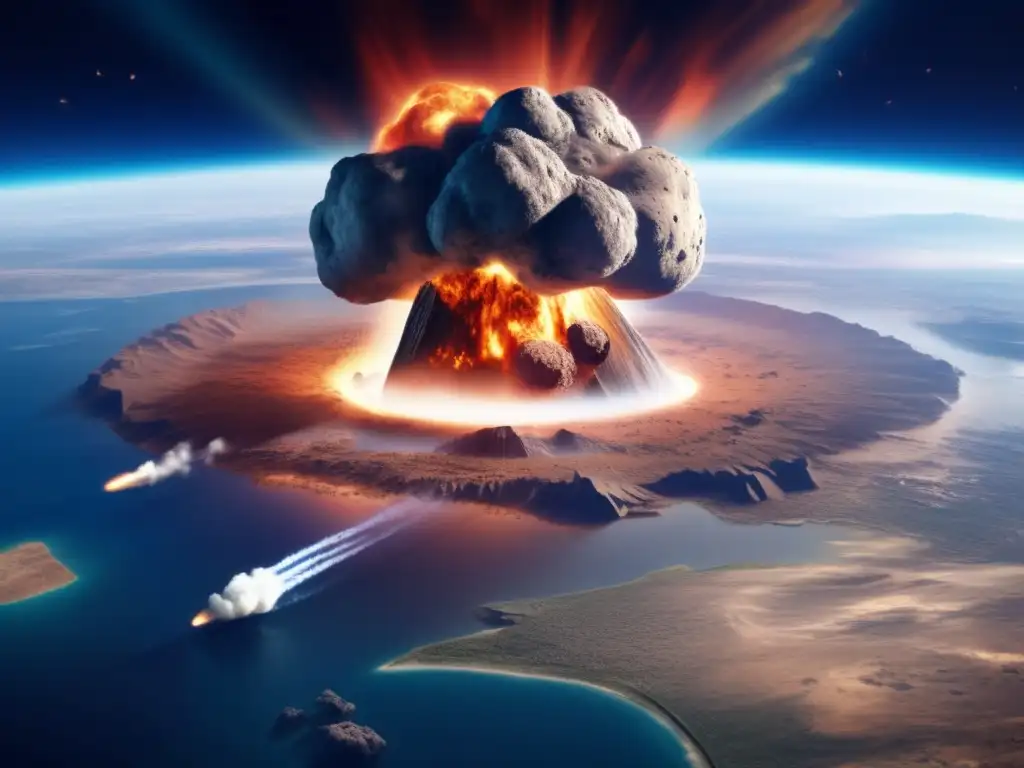
Impact Craters
Impact craters are among the most striking features of our planet. They are visible evidence of the destructive power of an asteroid impact. The largest known crater on Earth is the Vredefort crater in South Africa, which measures over 300 kilometers in diameter. The Chicxulub crater in Mexico, believed to be the result of a dinosaur-killing asteroid impact, measures approximately 180 kilometers in diameter.
Famous Impacts
There have been several famous asteroid impacts in recorded history. One of the earliest recorded impacts occurred in 1490 BC in China and is known as the Ch'ing-yang event. Another well-known impact was the Tunguska event in 1908, which flattened approximately 2,000 square kilometers of forest in Siberia. More recently, the 2013 Chelyabinsk meteor exploded over Russia, injuring over 1,000 people and causing millions of dollars in damages.
The Risk Today
The risk of an asteroid impact is a serious concern today. The potential damage from a large asteroid impact is significant and could cause widespread destruction and loss of life. According to NASA, there are over 19,500 near-Earth asteroids with the potential to impact our planet, and only about a third of them have been discovered.
The Impact of Asteroid Impacts on Life
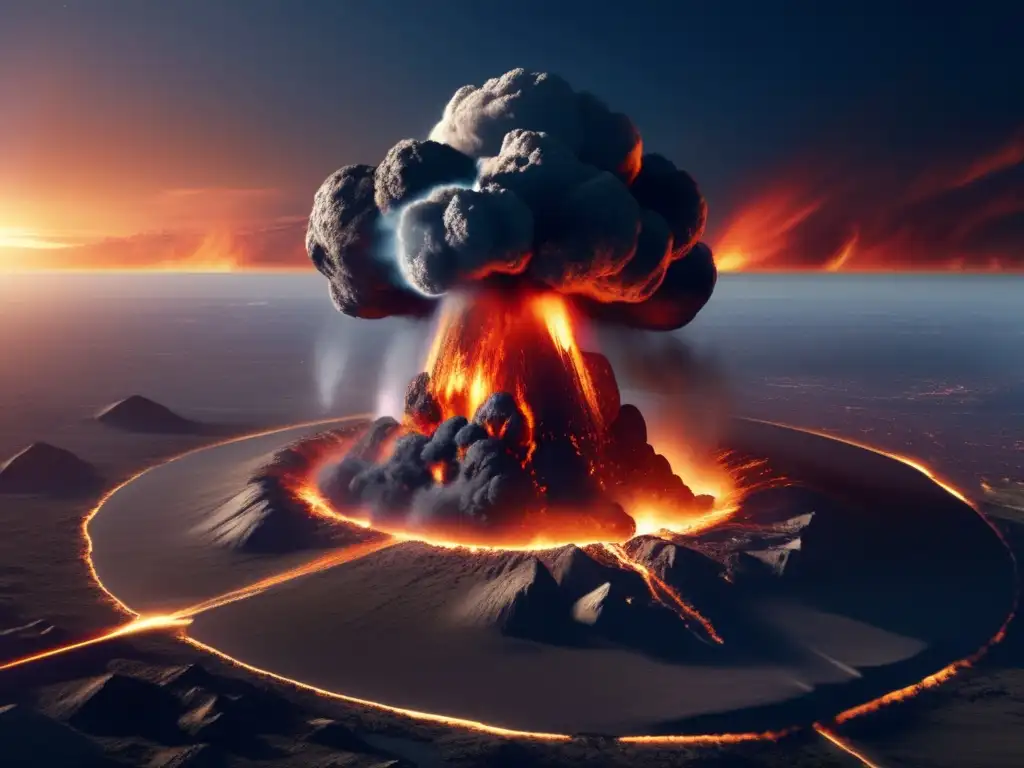
Mass Extinctions
Asteroid impacts have had a profound impact on the evolution of life on Earth. The most famous example is the impact that caused the extinction of the dinosaurs approximately 66 million years ago. This event led to a massive extinction event that wiped out nearly three-quarters of all plant and animal species on Earth. It took millions of years for life to recover from this devastating event.
Ecological Effects
Asteroid impacts can also have significant ecological effects. They can cause temporary changes in climate, such as cooling from atmospheric dust or warming from greenhouse gases released by impact. These changes can have long-lasting effects on ecosystems and the planet as a whole.
Human Impacts
The potential impact of an asteroid on human populations is a cause for concern. Depending on the size and location of the impact, it could cause significant damage to infrastructure and loss of life. Governments, scientists, and other organizations are working to better understand the risks and develop strategies to mitigate them.
The Search for Dangerous Asteroids
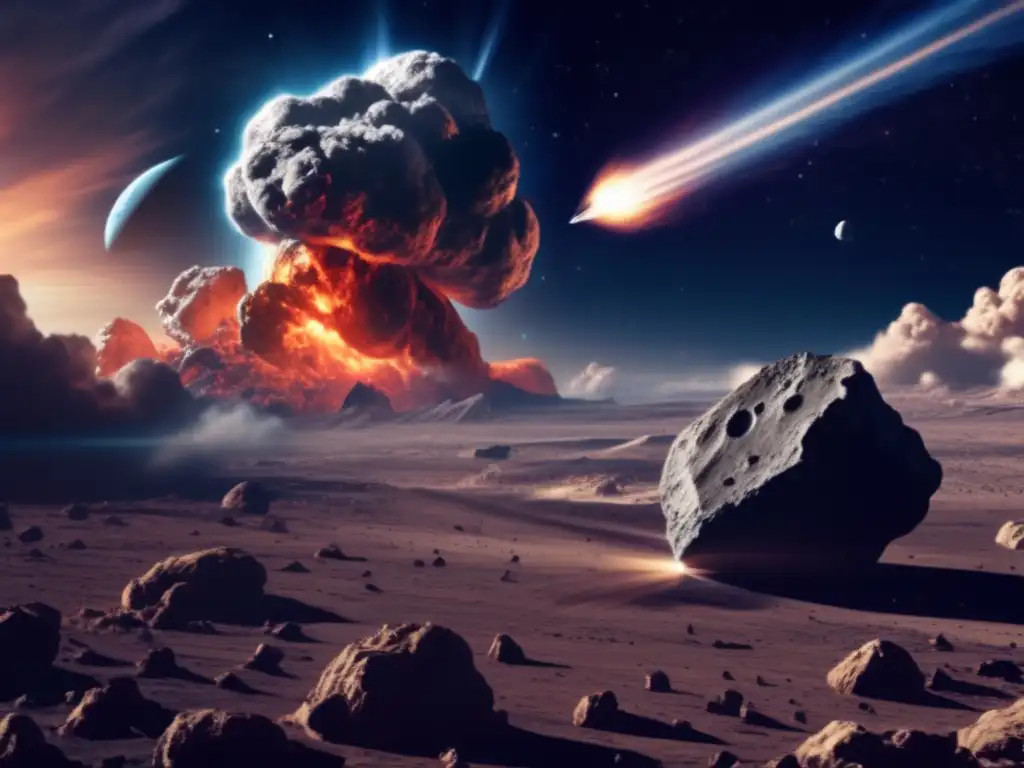
NASA's Efforts
NASA has been at the forefront of efforts to identify and track potentially dangerous asteroids. They have developed several programs, including the Near-Earth Object Observations Program, which aims to discover and track asteroids that could pose a risk to Earth. NASA is also developing plans for a spacecraft called DART (Double Asteroid Redirection Test) that will test the ability to deflect a potentially dangerous asteroid.
Private Efforts
Private companies are also involved in efforts to identify and track asteroids. The B612 Foundation is a non-profit organization dedicated to protecting the Earth from asteroid impacts. They are currently developing the Sentinel Space Telescope, which will be capable of detecting 90% of asteroids larger than 140 meters in diameter.
International Cooperation
The threat of asteroid impacts is not limited to any one country or region. International cooperation is essential to identifying and mitigating the risk. Organizations such as the United Nations Committee on the Peaceful Uses of Outer Space are working to develop international frameworks for identifying and responding to the threat of asteroid impacts.
Frequently Asked Questions
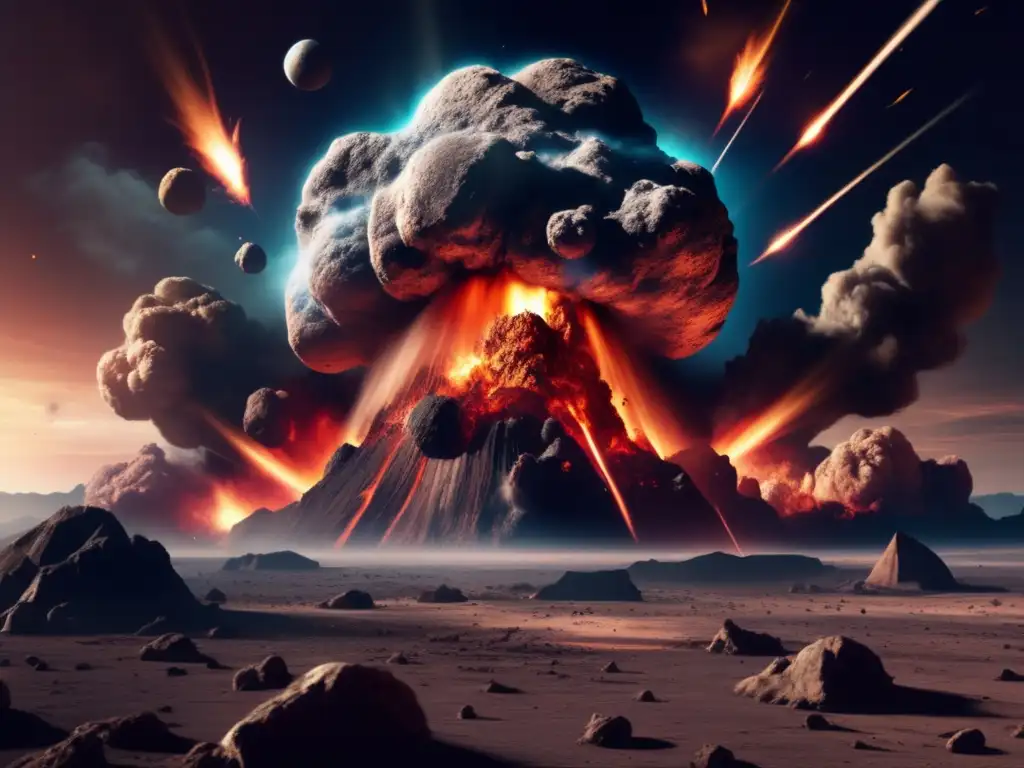
-
What is the likelihood of an asteroid impact on Earth?
The likelihood of an asteroid impact on Earth is difficult to predict. However, the potential consequences of such an impact make it a serious concern.
-
Can we stop an asteroid from hitting Earth?
It may be possible to deflect an asteroid from its course using various methods, including nuclear explosions, kinetic impactors, and gravity tractors.
-
Are there any known asteroids that pose a significant threat to Earth?
There are several known asteroids that could potentially impact Earth in the future. These include Apophis, Bennu, and Ryugu.
-
What is being done to mitigate the risk of asteroid impacts?
Efforts are underway to identify and track potentially dangerous asteroids, develop methods for deflecting them, and establish international frameworks for responding to the threat of asteroid impacts.
-
Is there anything individuals can do to help mitigate the risk of asteroid impacts?
Individuals can support efforts to identify and track potentially dangerous asteroids, and promote political and financial support for developing technologies to deflect them.
Conclusion
Asteroid impacts have had a profound impact on our planet's history and continue to pose a risk to our future. However, through scientific research, technological development, and international cooperation, we can work to mitigate this risk and protect our planet from the asteroid menace.
Thank you for taking the time to read this article. We encourage you to share your thoughts in the comments section and to positively interact with www.asteroidrealm.com, whether by subscribing, sharing the article on social networks, or other forms of participation.
Additional Resources
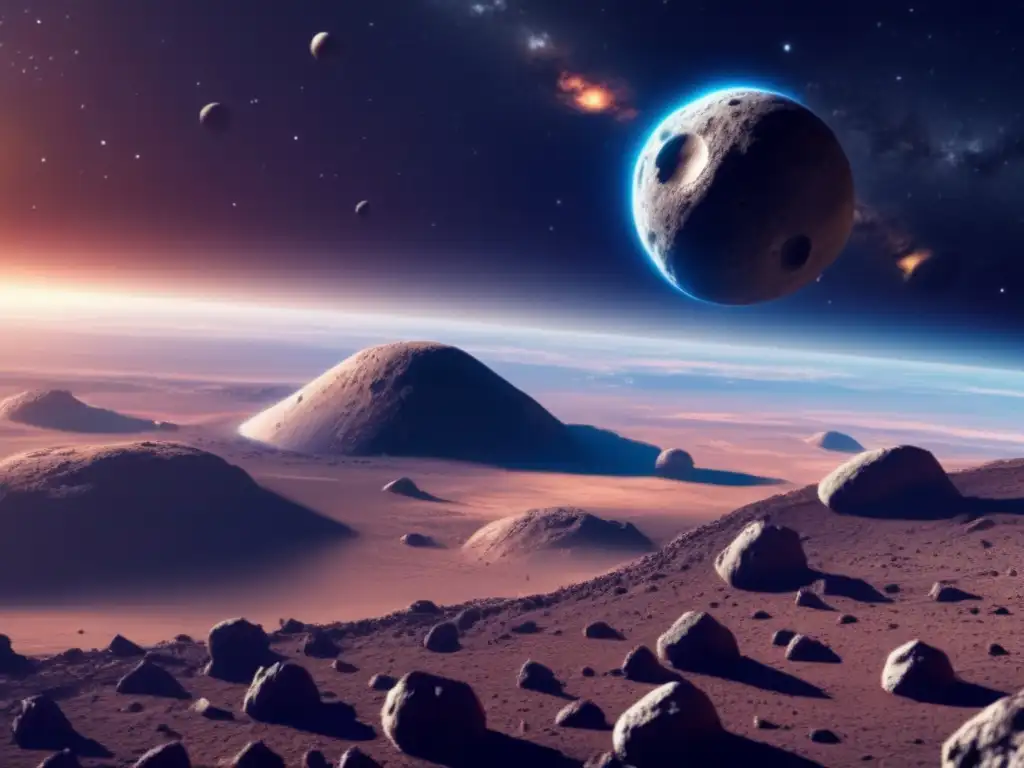
For more information on asteroids and their impact on our planet, please visit the following resources:
- NASA Planetary Defense
- The B612 Foundation
- United Nations Committee on the Peaceful Uses of Outer Space - Near-Earth Objects
 Chaos And Creation: The Dual Role Of Asteroid Impacts
Chaos And Creation: The Dual Role Of Asteroid Impacts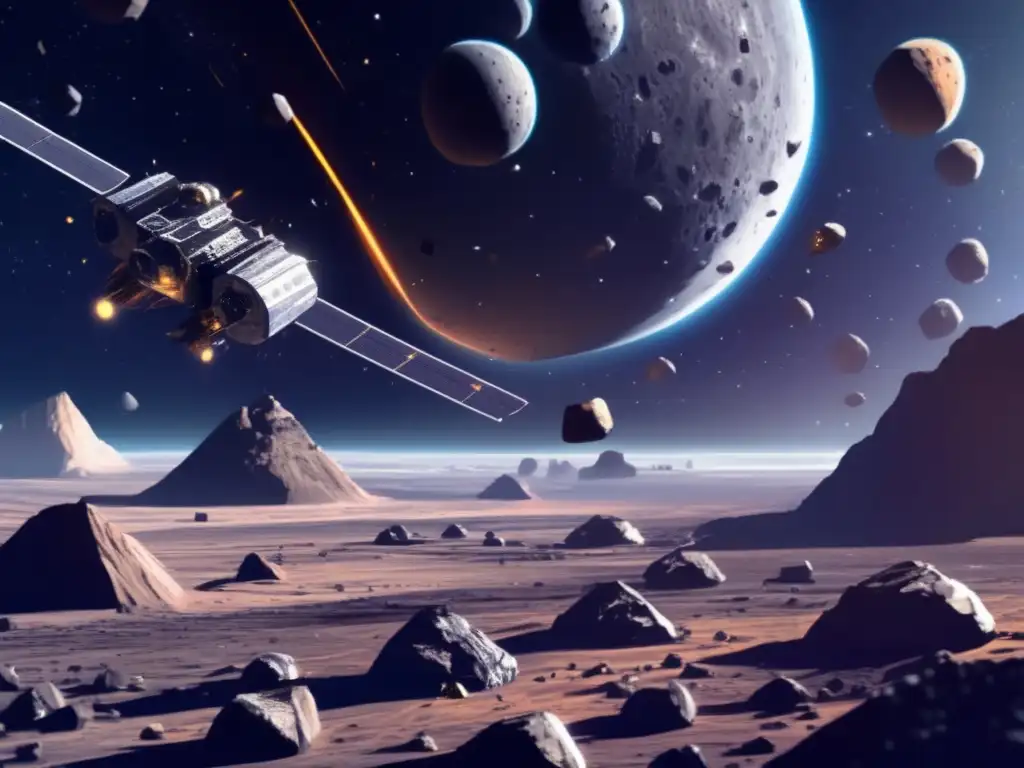 Decoding The Impact: Techniques In Asteroid Research
Decoding The Impact: Techniques In Asteroid Research Evidence From The Earth: Studying Asteroid Impact Sites
Evidence From The Earth: Studying Asteroid Impact SitesIf you want to discover more articles similar to The Asteroid Menace: Assessing Earth's Cosmic Risk, you can visit the Asteroid Impacts category.
Leave a Reply

Articulos relacionados: